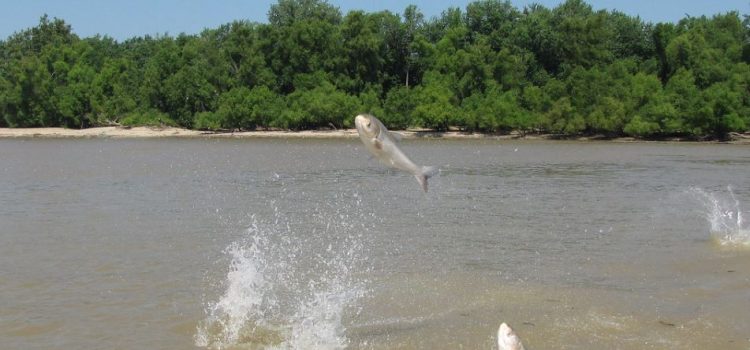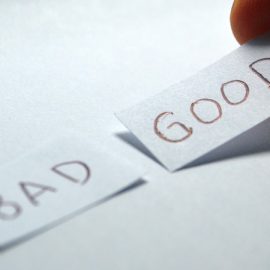
This is a free excerpt from one of Shortform’s Articles. We give you all the important information you need to know about current events and more.
Don't miss out on the whole story. Sign up for a free trial here .
Why has the cost of invasive species risen recently? What are governments doing about it, and how can you help?
An urgent report shows that invasive species are costing the world hundreds of billions of dollars every year. These costs have been increasing over the past 50 years due to climate change.
Keep reading for a background on invasive species and what can be done to lessen the impact.
Invasive Species Cost $400 Billion Annually
Invasive species cost the world’s economy upward of $400 billion every year, according to an urgent report from the UN’s Intergovernmental Science-Policy Platform on Biodiversity and Ecosystem Services (IPBES).
What Are Invasive Species?
To be considered invasive, a species must meet two criteria:
- The species is exotic. In other words, it comes from somewhere else in the world.
- The species is harmful to its new habitat. The species is likely to cause environmental or economic damage, or it’s a threat to human health.
Invasive species often (though not always) reach new habitats as a result of human activity. This can be unintentional—such as how the spotted lanternfly has spread by laying eggs on vehicles—or intentionally, like when Asian carp were brought to the US to clean algae out of ponds.
Once there, an invasive species can damage ecosystems by crowding out native organisms and altering their habitat. Because the species evolved outside of that area, it will often have no natural predators or other checks on its population, allowing it to quickly spread and outcompete native species.
Furthermore, some invasive species are direct threats to human health and infrastructure. To give just a few examples:
- Invasive mosquitoes spread a variety of diseases in the US and Europe, including the Zika virus and West Nile virus.
- The wildfire that devastated Lahaina, Hawaii was fueled in part by highly flammable invasive grasses.
- In Nigeria, an invasive species of water hyacinth chokes river transport and interferes with hydroelectric power.
The UN Report
The report called the Invasive Alien Species Assessment Report states that humans have introduced over 37,000 species into non-native habitats worldwide. In fact, invasive species have played a role in an estimated 60% of all recorded plant and animal extinctions throughout history.
According to the report from the UN’s Intergovernmental Science-Policy Platform on Biodiversity and Ecosystem Services (IPBES), damage from invasive species is currently costing the world economy an estimated $423 billion every year. Though the details vary depending on the location, these costs often result from invasive species interfering with farming and utilities, stifling tourism and recreational activities, or directly lowering property values. The estimate also includes money spent annually on efforts to control invasive species.
However, perhaps even more concerning is the fact that those costs are rapidly increasing; over the last 50 years, the economic impact of invasive species has quadrupled every decade. Without quick, decisive, and global action, researchers expect that trend to continue.
What Happens Now?
The most effective way to lessen the impact of invasive species is through preventive measures such as border security and import controls; in other words, stopping species from becoming invasive in the first place.
However, preventive measures don’t address the problems that invasive species are already causing. Furthermore, it’s extremely difficult to wipe out an invasive species; they breed and spread so quickly that it’s hard for removal efforts to get them all.
What Can We Do?
While the world’s governments undertake large-scale efforts to combat invasive species, individuals can help by taking some basic precautions to prevent their spread:
- Double-check before buying new plants. Make sure any plants you get for your lawn or garden are noninvasive.
- Clean thoroughly when traveling or hiking. Invasive seeds and insects may be hitchhiking on your boots, vehicles, or belongings.
- Don’t release pets into the wild.
- Follow local guidelines regarding invasive species. Learn how to recognize invasive species in your area so you can report and (if appropriate) kill them.

Want to fast-track your learning? With Shortform, you’ll gain insights you won't find anywhere else .
Here's what you’ll get when you sign up for Shortform :
- Complicated ideas explained in simple and concise ways
- Smart analysis that connects what you’re reading to other key concepts
- Writing with zero fluff because we know how important your time is






